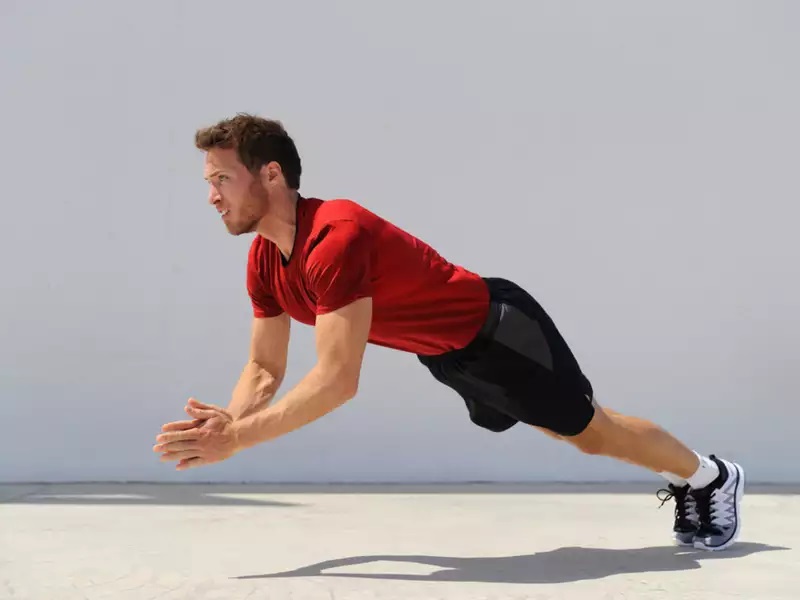The art of breathing: pranayama techniques and their benefits

Kundalini yoga, a powerful and transformative practice, places significant emphasis on the breath. Through the practice of pranayama, or breath control, kundalini yoga practitioners tap into the life force energy within, enhancing physical, mental, and spiritual well-being. In this article, we’ll explore various pranayama techniques and the myriad benefits they bring to those who incorporate them into their practice.
- The power of breath awareness
At the heart of kundalini yoga lies breath awareness. The first step in harnessing the breath’s potential is to become fully conscious of each inhale and exhale. This awareness is a profound meditative practice in itself. It grounds us in the present moment, fostering mindfulness and inner peace.
- Long deep breathing
Long deep breathing is a foundational pranayama technique in kundalini yoga. It involves inhaling slowly and deeply through the nose, expanding the diaphragm, and then exhaling slowly and completely. This deliberate breathwork helps oxygenate the body, reduce stress, and increase vitality.
- Breath of fire (agni pran)
Breath of fire, or agni pran, is an invigorating and dynamic pranayama technique. It consists of rapid, rhythmic breaths through the nose, with an emphasis on forceful exhalations. This practice increases lung capacity, generates heat in the body, and clears the mind of clutter.
- Alternate nostril breathing (nadi shodhana)
Nadi shodhana, or alternate nostril breathing, is a balancing pranayama practice. It involves alternating the breath between the left and right nostrils using the fingers. This technique harmonizes the body’s energy channels, calms the nervous system, and enhances mental clarity.
- Breath retention (kumbhaka)
Kundalini yoga incorporates breath retention to build energy and increase awareness. After a full inhale, there is a brief pause before exhaling. This practice enhances lung capacity, strengthens the respiratory system, and deepens meditation experiences.
- Sitali pranayama (cooling breath)
Sitali pranayama, or the cooling breath, involves inhaling through a rolled tongue or pursed lips, creating a cooling sensation in the mouth and throat. This technique regulates body temperature, reduces anger and inflammation, and brings a sense of calm.
- Ujjayi pranayama (victorious breath)
Ujjayi pranayama, the victorious breath, is characterized by a gentle constriction of the throat during both inhalation and exhalation. This creates an audible oceanic sound. Ujjayi calms the mind, soothes the nervous system, and enhances concentration.
- Breathwork and meditation
Breathwork is often a gateway to meditation in kundalini yoga. The controlled and intentional nature of pranayama prepares the mind for deeper meditation experiences. As the breath becomes the focal point, practitioners can access heightened states of consciousness.
Conclusion: the breath as a bridge to transformation
In kundalini yoga, pranayama is not just a physical exercise; it is a profound tool for transformation. By exploring and integrating these pranayama techniques into your practice, you open the gateway to physical vitality, mental clarity, and spiritual awakening. The breath, in all its depth and subtlety, serves as a bridge that connects you to the vast potential within.
